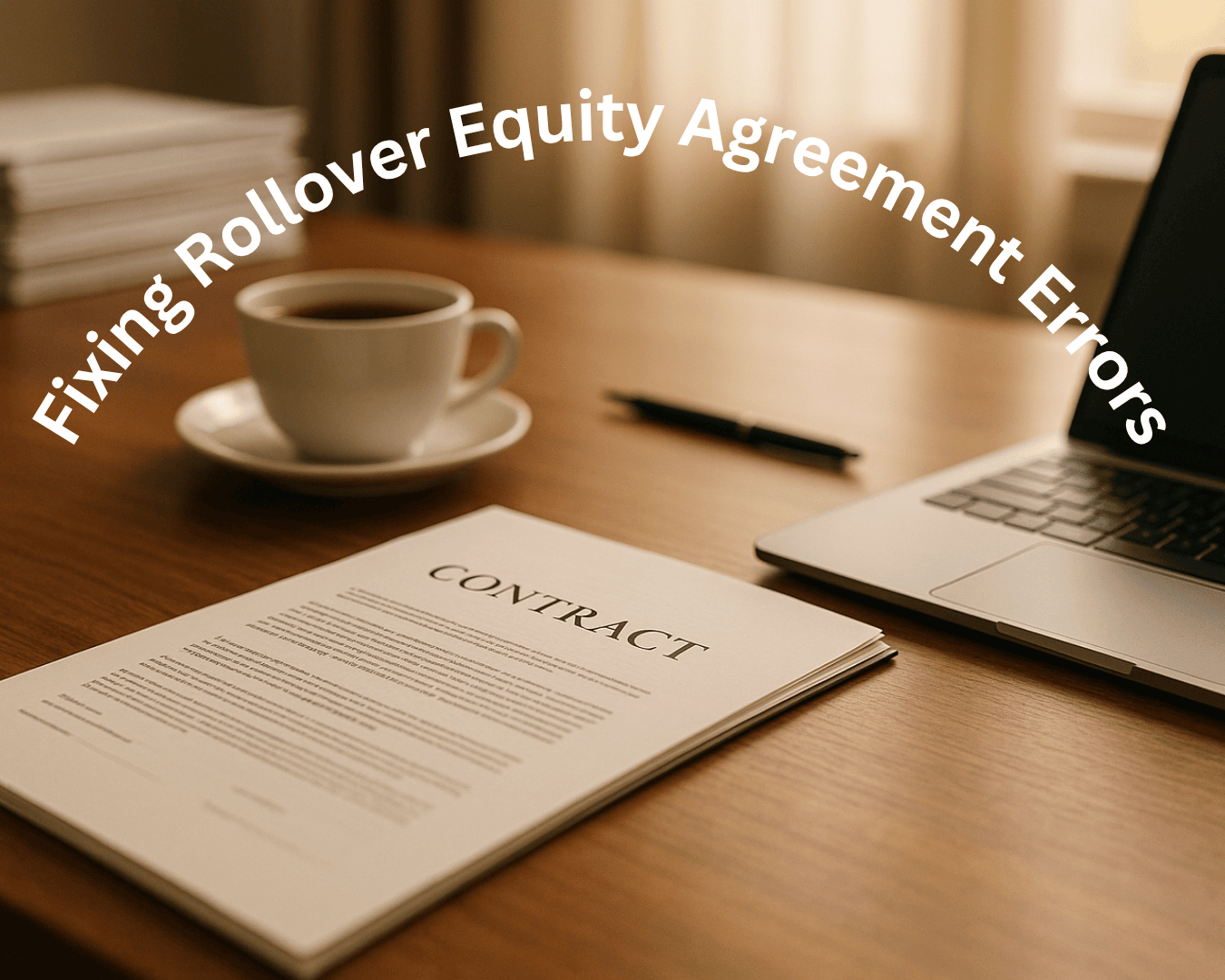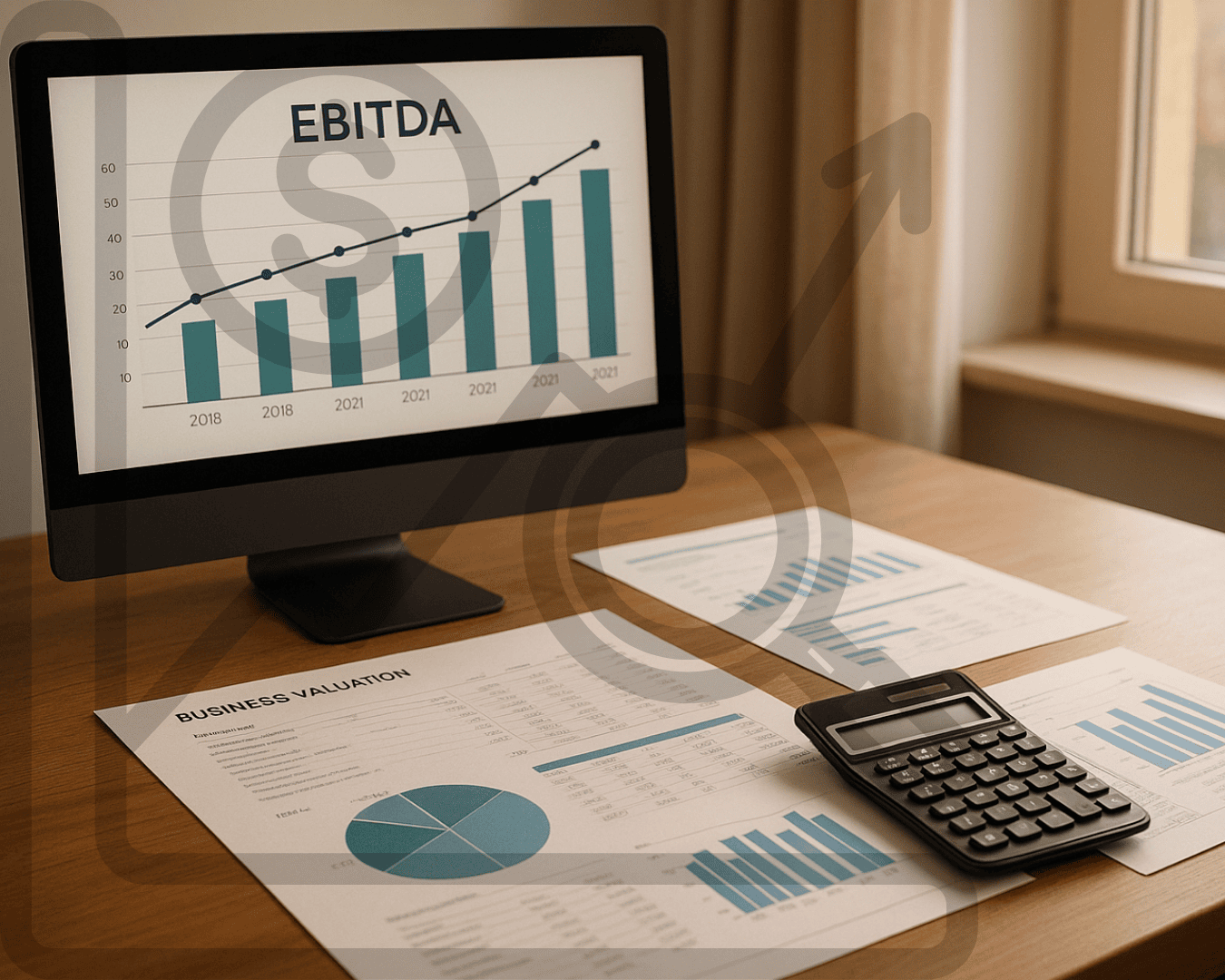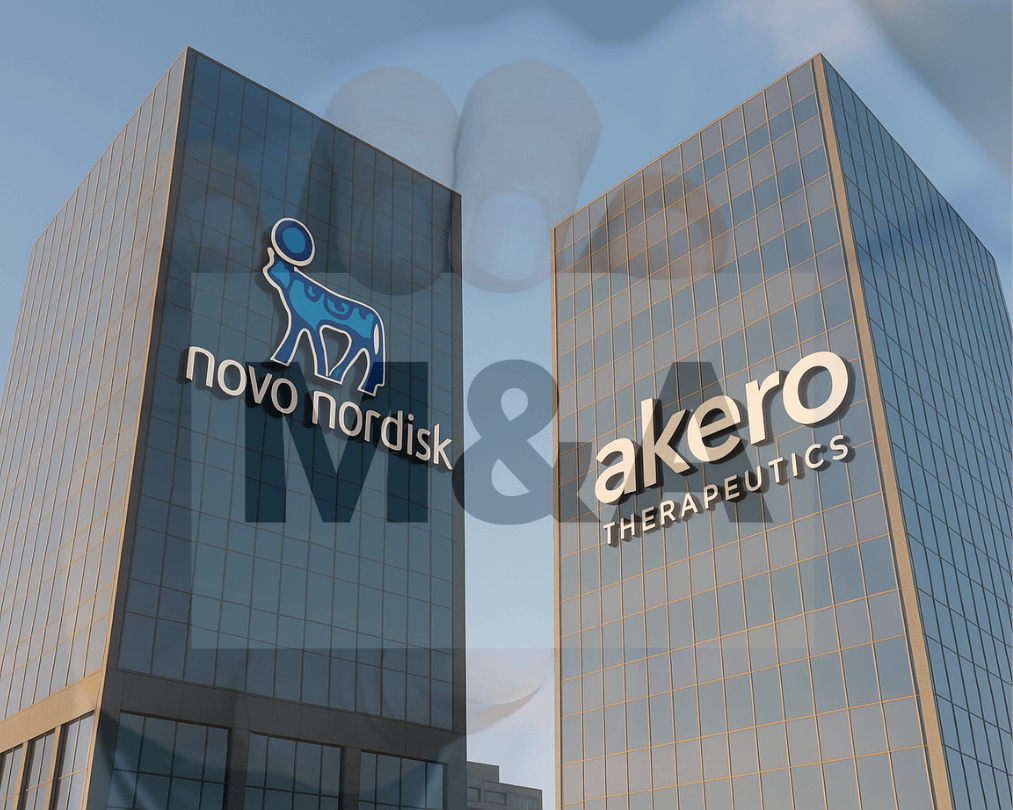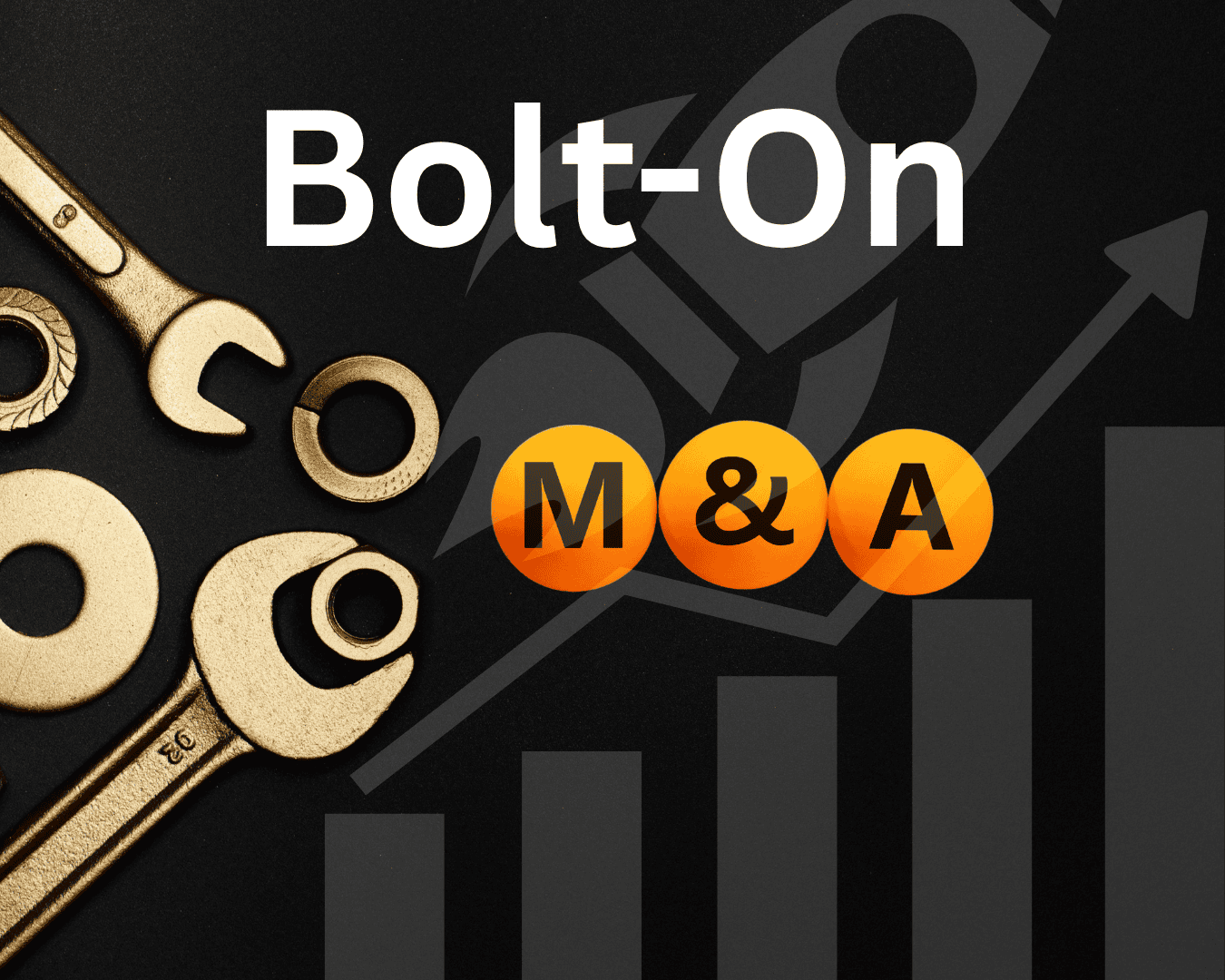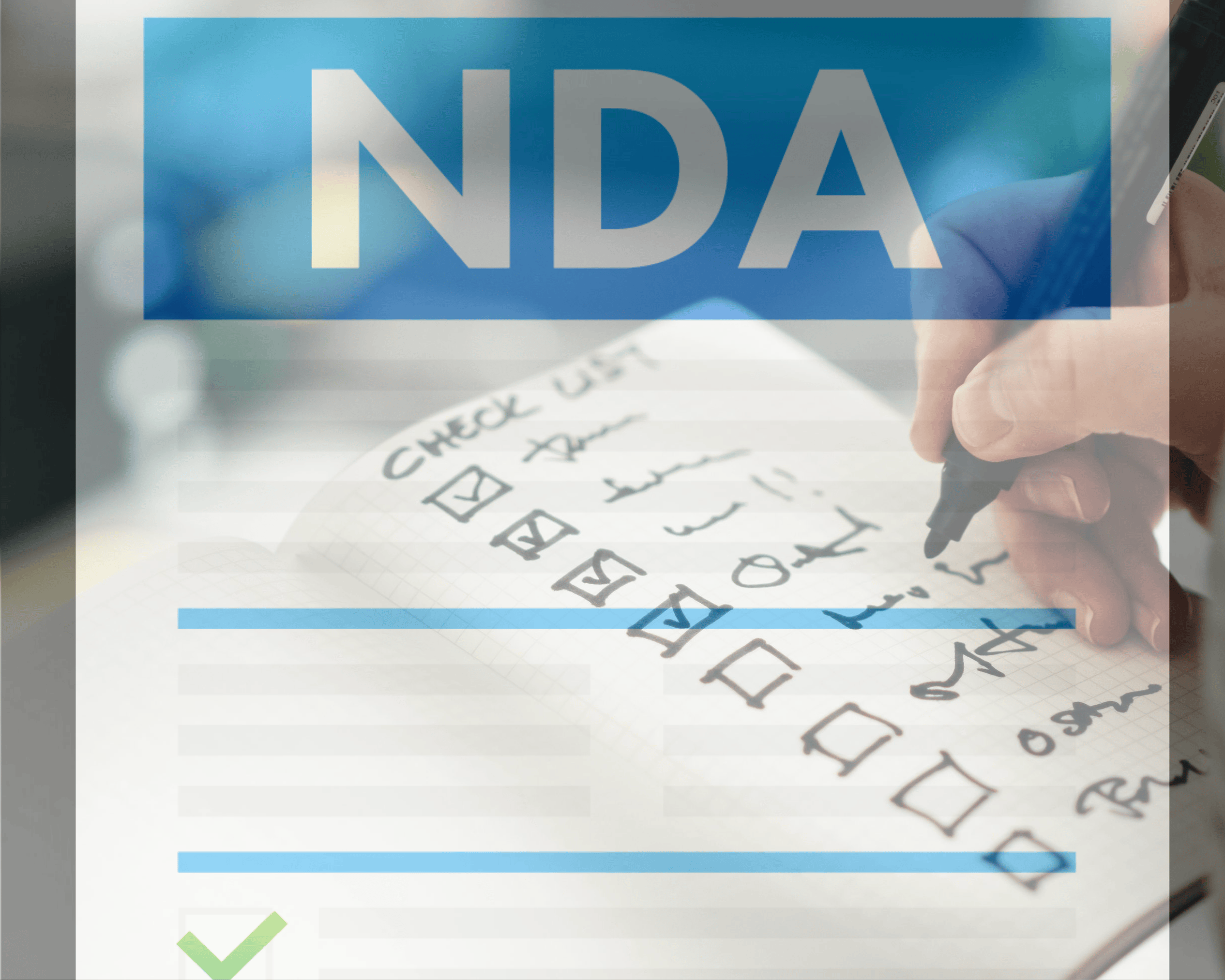Private equity is surging back in 2025 as stabilizing financial conditions and easing inflation create a favorable environment for investments. Firms are deploying record amounts of "dry powder" (over $1.2 trillion in undeployed capital), leading to a sharp increase in high-value transactions across industries like technology, healthcare, and energy.
Key highlights:
- Q3 2025 Deal Value: $310 billion across 156 transactions, with five deals exceeding $10 billion.
- SMB Focus: Small to mid-sized businesses (SMBs) are gaining traction due to lower valuations and strong growth potential.
- Technology Leads: AI, cybersecurity, and cloud platforms dominate with $469 billion in investments so far this year.
- Creative Financing: Earnouts, seller notes, and mezzanine capital are helping bridge valuation gaps.
- Delayed Exits: Many firms are holding assets longer, creating opportunities for secondary buyouts and continuation funds.
Private equity firms are leveraging technology like AI-driven deal sourcing and valuation tools to identify opportunities faster and manage risks like labor shortages, cybersecurity threats, and regulatory changes. This resurgence offers opportunities for investors, business owners, and buyers to capitalize on a dynamic market.
Market Forces Behind the Private Equity Return
Stable Capital Markets
Private equity's resurgence in 2025 is built on the back of more favorable market conditions. After years of grappling with high interest rates and economic uncertainty, the landscape has shifted. With inflation easing and lending conditions improving, firms now feel more confident tackling larger and more complex transactions.
One of the most notable changes is the drop in financing costs for buyouts. This shift has enabled private equity sponsors to pursue higher entry multiples and focus on larger deals. By Q3 2025, private equity deal value hit an impressive $310 billion, with five deals surpassing the $10 billion mark. This reflects a clear trend: firms are prioritizing fewer but much larger investments. Additionally, the availability of tailored debt financing has helped firms maintain their desired equity contributions, even as they aim for these ambitious deals.
These improved conditions are setting the stage for private equity firms to tap into their massive reserves of capital, as discussed below.
Record Amounts of Available Capital
Private equity firms are now sitting on a staggering $1.2 trillion in undeployed capital, commonly referred to as "dry powder." This abundance of capital presents both an opportunity and a challenge, as firms face increasing pressure to deploy funds swiftly. Notably, more than half of the estimated $1.6 trillion in total dry powder belongs to funds that raised $3 billion or more. These funds are bound by typical four- to five-year investment timelines, adding urgency to their deployment strategies.
By the end of 2024, dry powder levels had dipped by 6%, signaling that firms are finally putting their money to work after a period of cautious restraint. This increased activity has fueled a resurgence in high-value transactions. Mega deals - those valued at over $5 billion - backed by private equity and venture capital saw a 25% jump compared to 2023. Meanwhile, smaller and mid-sized companies, which make up 96% of all privately held businesses, have become particularly appealing due to their lower purchase price multiples.
This surge in capital deployment is being matched by innovative deal structures, which are reshaping the private equity landscape.
Changes in Deal Structure and Financing
In response to evolving market conditions, private equity firms are rethinking how they structure and finance deals. Traditional buyout models are giving way to more creative and adaptable approaches.
One standout example is the rise of continuation funds. In 2024, there were 96 continuation fund vehicles, making up 14% of all private equity exits. Experts predict this share could climb to 20% in the years ahead. As Arnold Madanha, CFA, explains:
"Continuation funds allow managers to retain high-conviction assets and provide investors with liquidity options."
The average holding period for buyouts has also increased to 6.7 years. This reflects both the challenges of the current exit environment and the strategic advantages of holding onto assets longer. At the same time, private credit markets are expanding rapidly, offering firms more flexibility in how they structure deals. Tools like earnouts and contingent mechanisms are becoming more common, helping bridge valuation gaps and manage risk.
Key Sectors Leading High-Value Transactions
Leading Industry Sectors
The technology sector continues to dominate private equity activity, accounting for approximately 27.7% of global buyout value between 2021 and 2024, with a peak of 33% in 2024. This momentum has carried into 2025, driven by strong interest in areas like artificial intelligence, cybersecurity, and enterprise cloud platforms. By the first three quarters of 2025, the sector attracted an impressive $469 billion in global private equity investments.
Healthcare and life sciences are also making waves, with investment allocations more than doubling year-to-date compared to previous periods. Private equity firms are keen on biopharma and digital health advancements, drawn by the sector's resilience during economic challenges and growing demand fueled by aging populations. Large pharmaceutical companies are actively acquiring clinical-stage pipeline assets, creating lucrative exit opportunities.
Infrastructure and energy sectors are gaining attention as well, bolstered by stable demand and modernization efforts tied to the global energy transition. These sectors provide domestic investment opportunities that can offer some protection against external economic shocks.
As these sectors lead the charge, transaction sizes and deal structures are evolving to match the scale and complexity of these investments.
Deal Size and Structure Details
Private equity transactions in 2025 have reached extraordinary levels. In September, Silver Lake Partners and Affinity Partners completed the largest private equity buyout to date by acquiring Electronic Arts for $57 billion. Add-on acquisitions have become a go-to strategy, making up over 75% of total buyout activity in Q2 2025. This approach allows firms to create larger platforms by integrating multiple smaller acquisitions, ultimately driving operational efficiencies.
To manage market uncertainties and valuation gaps, firms are employing creative deal structures such as earnouts, contingent mechanisms, and dividend recapitalizations. The investment-to-exit ratio in 2025 stands at 2:1, a decrease from nearly 3:1 in prior years, indicating that firms are acquiring more companies than they are exiting.
| Sector | Q3 2025 Investment ($B) | Notable Transactions |
|---|---|---|
| Technology | 469 | Electronic Arts ($57B), Worldpay ($24.3B) |
| Healthcare | 42.5 | Various strategic acquisitions |
| Industrials | 217.7 | Significant investments in automation |
These evolving deal structures are reshaping exit strategies and influencing asset liquidity trends.
Delayed Exits Creating New Opportunities
The trend toward larger, more intricate deals has contributed to a growing backlog of assets awaiting strategic exits. Currently, private equity firms manage over 30,000 portfolio companies acquired at high valuations, many of which are still awaiting exits .
With a median exit age of six years, firms are holding onto assets longer than originally planned. To address this, many are turning to alternatives like continuation funds, which provide partial liquidity for investors while allowing managers to maintain ownership of high-performing assets.
The exit environment started to show improvement in Q3 2025, with U.S. exit value reaching $485.5 billion across 846 exits, surpassing totals from 2022–2024. However, deal volume remains lower than in previous years, creating selective opportunities for buyers who can identify quality assets from motivated sellers.
"The exit environment is improving, but firms are still holding onto a significant inventory of assets, which creates urgency for liquidity." - EY Global Private Equity Lead Analyst, Pete Witte
This dynamic has also fueled growth in the secondary market, where seasoned companies are being acquired from other private equity sponsors. These secondary buyouts often involve businesses with proven track records, experienced management teams, and clear growth plans. The technology sector has shown particular strength here, with notable exits like GTCR and FIS's $24.3 billion sale of Worldpay to Global Payments.
Practical Methods for Deal Sourcing and Execution
Proven Deal Sourcing Methods
Private equity firms are stepping up their game by moving away from traditional, reactive methods and embracing more proactive strategies for finding deals. With an abundance of undeployed capital fueling competition, the race for high-quality opportunities has never been more intense. The key to staying ahead? Smarter sourcing.
Direct outreach continues to be a core pillar of effective deal sourcing. Many firms allocate about one dedicated deal source for every generalist professional, emphasizing the importance of specialized teams that can build direct connections with business owners. This approach often leads to better valuations and less competition compared to waiting for intermediaries to bring deals to the table.
On average, firms review about 80 opportunities for every deal they close, highlighting the rigorous screening process involved. As Marc Nachmann, Head of Asset Management at Goldman Sachs, aptly puts it:
"A lot of the returns [in private equity] will come from sourcing really good opportunities and then the operational improvements."
Another effective method is thematic sourcing, where firms identify specific industry trends or market disruptions and target companies that are well-positioned to capitalize on them. Referrals driven by strong networks and relationship intelligence platforms also play a big role in engaging with potential targets early in their lifecycle. And now, technology is making this proactive approach even more efficient.
Using Technology and Digital Tools
Modern deal sourcing is increasingly powered by AI and advanced data analytics. By 2025, firms that consistently close deals are expected to combine traditional relationship-building with cutting-edge technology to enhance deal flow.
AI-driven deal origination platforms are transforming the game. These tools automate the detection of growth signals and monitor millions of private companies, uncovering opportunities that might otherwise go unnoticed. For instance, Clearly Acquired's platform integrates deal sourcing with transaction management, offering access to both public and private business listings. It even includes off-market search capabilities powered by Google Maps API, enabling professionals to identify hidden opportunities through direct outreach. Features like automated email forwarding and data import also help keep deal flow organized.
Additionally, the platform's AI-driven business valuation tool delivers instant, data-backed valuations using market comparables and industry trends. This allows firms to conduct quick initial screenings during the sourcing stage, saving time that would otherwise be spent waiting for due diligence.
CRM integration and automation have become indispensable for managing the complexities of modern deal sourcing. AI-powered CRMs act as command centers, automatically capturing data, enriching records, and surfacing actionable insights. By tracking live signals - like hiring trends or product developments - these systems help identify companies with strong growth potential.
For private equity firms focused on the SMB and lower mid-market space, tools like Clearly Acquired provide additional support with features like investor and co-investor matching, making deal execution smoother and more efficient.
Alternative Financing Structures
With efficient sourcing and digital tools uncovering opportunities, creative financing structures have emerged as crucial components in closing deals. These strategies are particularly valuable in today’s competitive market, where traditional financing methods may not always suffice.
One popular option is SBA 7(a) loans, which have gained traction for smaller transactions. These government-backed loans offer favorable terms, often providing up to $5 million in financing with competitive interest rates and extended repayment periods. They are particularly useful for management buyouts or acquisitions of cash-flowing businesses.
Seller notes and earnouts are also widely used to bridge valuation gaps. Seller notes allow buyers to defer part of the purchase price, improving cash flow, while earnouts tie future payments to performance metrics. Both approaches align the interests of buyers and sellers while reducing the need for upfront capital.
Mezzanine capital offers another flexible option, sitting between debt and equity financing. It’s particularly useful for growth-focused acquisitions where traditional debt may not suffice, offering higher returns for investors while minimizing equity dilution for buyers.
| Financing Method | Use Case | Key Advantages | Considerations |
|---|---|---|---|
| SBA 7(a) | Management buyouts, cash-flowing businesses | Low down payment, favorable rates | Personal guarantees, business restrictions |
| Seller Notes | Bridging valuation gaps, cash flow optimization | Preserves buyer cash, flexible terms | Seller credit risk, negotiation complexity |
| Earnouts | Performance-based deals, growth scenarios | Aligns interests, reduces upfront cost | Measurement disputes, integration challenges |
| Mezzanine Capital | Growth acquisitions, larger transactions | Higher leverage, potential equity upside | Higher cost of capital, control provisions |
Other options like equipment financing and working capital lines add flexibility for post-acquisition improvements. These allow firms to preserve acquisition capital while funding necessary upgrades or expansions.
Clearly Acquired’s platform supports these diverse financing needs with its integrated loan marketplace, matching buyers with preferred lenders. Its acquisition pre-qualification process, powered by Plaid for financial verification, simplifies the evaluation of financing options and speeds up lender matching.
Ultimately, the success of alternative financing lies in structuring deals creatively to meet the specific needs of both buyers and sellers. Combining multiple financing sources can help build an optimal capital stack that works for everyone involved.
sbb-itb-a3ef7c1
New Opportunities and Risks in SMB and Lower Mid-Market
Current Trends in SMB and Lower Mid-Market
The SMB (Small and Medium Business) and lower mid-market sectors are undergoing a noticeable shift as private equity firms increasingly target smaller deals. With valuations in the upper mid-market creating tighter margins, many firms are turning to businesses valued between $1 million and $50 million. These companies often provide better returns relative to risk and face less competition.
Competition for high-quality assets is heating up. While upper mid-market deals have traditionally been marked by bidding wars, transactions in the SMB space have historically been more relationship-driven and negotiable. However, this is changing as more institutional investors enter this space, intensifying the competitive landscape.
Search funds and independent sponsors are also shaking things up. These agile players often move faster than traditional private equity firms, prompting everyone to speed up decision-making. Many are using tech platforms to identify opportunities, making efficiency and quick action major advantages.
By 2025, business owners have become more savvy. They're working with professional advisors and setting clear exit strategies, which improves the overall quality of seller vetting and due diligence. New deal structures, like performance-based earnouts and graduated seller financing, are gaining traction. These approaches tie payments to business performance, helping align price with potential.
The ongoing digitization of businesses is another major factor. Companies with strong digital systems and recurring revenue streams are commanding higher valuations. On the flip side, traditional brick-and-mortar businesses are expected to have clear plans for digital transformation. This digital shift brings both opportunities and challenges, while also introducing new risks that buyers must navigate.
Regulatory, Economic, and Operational Risks
As the dynamics of the market evolve, so do the risks. One of the most pressing concerns in 2025 is interest rate volatility. While rates have stabilized compared to the recent past, the possibility of future increases still looms, creating uncertainty for debt servicing and refinancing. SBA 7(a) loans, a popular choice for smaller deals, are particularly sensitive to rate fluctuations.
Labor shortages remain a significant operational challenge. Industries like manufacturing, healthcare, and professional services are grappling with a lack of skilled workers, leading to wage inflation and higher turnover costs. Buyers need to account for these factors in their financial models.
Regulatory compliance is becoming more complex across various sectors. For example, healthcare businesses must keep up with changing Medicare reimbursement rules and privacy regulations, while manufacturers face stricter environmental compliance requirements. The cost of non-compliance is rising, making regular audits a critical part of the due diligence process.
Supply chain vulnerabilities continue to be a challenge. Companies relying heavily on single suppliers or international sourcing face risks like margin pressures and reliability issues. Diversifying supply chains is becoming a key strategy for mitigating these risks.
Technology obsolescence is another growing concern. Businesses that rely on outdated systems or manual processes risk falling behind competitors, often requiring immediate post-acquisition investments in modernization.
Cybersecurity threats are escalating across all business sizes. Many SMBs lack the robust IT security needed to combat sophisticated attacks, leaving them vulnerable to financial losses and reputational damage. As a result, cybersecurity assessments have become an essential part of the acquisition process.
| Risk Category | Primary Concerns | Mitigation Strategies | Timeline Impact |
|---|---|---|---|
| Economic | Interest rate changes, inflation | Fixed-rate financing, inflation safeguards | 12–36 months |
| Operational | Labor shortages, supply chain issues | Diversification, targeted automation | 6–24 months |
| Regulatory | Compliance costs, evolving regulations | Regular audits, strong compliance systems | Ongoing |
| Technology | Legacy systems, cyber threats | Infrastructure upgrades, better security | 3–18 months |
Risk Management Tools and Resources
Managing these risks requires specialized tools and strategies tailored to the unique challenges of SMB transactions.
Modern due diligence platforms are now indispensable for navigating the complexities of these deals. Tools like Clearly Acquired's business audit and growth insights help buyers spot potential issues early, giving them time to address problems before they escalate.
AI-powered valuation tools have become a game-changer. These tools provide real-time market comparables and trend analysis, ensuring buyers can make informed decisions about pricing. By integrating financial data with industry benchmarks, these platforms offer valuations that account for both market conditions and sector-specific risks.
Secure data rooms equipped with advanced permission controls are vital for protecting sensitive information during due diligence. This is especially critical in SMB transactions, where business owners may be sharing confidential financial details for the first time.
Staying informed about industry trends is another key to success. Market intelligence reports help buyers track developments like industry consolidation, regulatory shifts, or technological advancements - factors that can significantly impact deal values.
Educational resources and acquisition strategy training empower buyers with the tools they need to evaluate opportunities effectively. For instance, Clearly Acquired offers courses on topics like financial analysis, legal structuring, and post-acquisition planning.
Financing strategy support is equally important. Navigating the complexities of acquisition funding - whether through SBA loans, commercial bank financing, or alternative options - requires expert guidance. Proper structuring of the capital stack can minimize risks while maximizing returns.
Networking and co-investor matching platforms are also valuable resources. They allow buyers to share risks and gain insights from partners with complementary expertise, which is particularly helpful for first-time buyers or those exploring new industries.
Finally, pipeline and deal flow management tools streamline the process of handling multiple opportunities at once. These platforms centralize communication and document sharing, reducing the risk of errors and speeding up deal execution. Combined with access to professional advisors in areas like tax optimization and legal structuring, these tools make transactions smoother and more efficient.
Conclusion: Taking Advantage of the Private Equity Return
Summary of Market Trends and Sector Insights
As we look toward 2025, stabilizing capital markets and an abundance of dry powder present a unique moment for decisive private equity transactions across various sectors. This environment is especially favorable for high-quality deals.
A notable trend is the increasing focus on SMBs and lower mid-market opportunities. These deals offer more accessible valuations and improved risk-adjusted returns, making them attractive to individual buyers and smaller investment groups. While competition is heating up, it's still more manageable compared to larger market segments. Sectors like healthcare services, tech-enabled businesses, and manufacturing companies with robust digital infrastructure are commanding strong interest and premium valuations.
The stabilization of interest rates has also opened up financing options that were previously out of reach or too expensive. However, timing is critical - market conditions can change quickly, and the most prepared buyers are already locking in the best opportunities. These shifting dynamics highlight the importance of leveraging advanced tools and strategies to secure a competitive edge.
Key Takeaways on Methods and Tools
In today’s private equity landscape, success requires more than just capital. Advanced technology and streamlined systems are becoming essential for staying ahead. The most successful buyers are using tech platforms to simplify processes like deal sourcing, due diligence, and deal flow management.
Platforms such as Clearly Acquired provide a one-stop solution, offering tools like off-market deal discovery, AI-driven valuations, secure data rooms, and access to financing marketplaces. By consolidating these functions into a single platform, buyers can minimize inefficiencies and reduce the risk of deals falling apart due to coordination issues.
AI-powered valuation tools and modern due diligence platforms are now indispensable. These tools allow buyers to analyze deals quickly and make compelling offers in days rather than weeks. This speed and efficiency can be the difference between winning and losing a deal.
Risk management has also evolved. Beyond traditional financial assessments, due diligence now includes evaluations of cybersecurity risks, supply chain vulnerabilities, and regulatory compliance. Buyers who incorporate these factors into their strategies are better equipped for long-term success.
While the current market conditions create an exceptional window for private equity gains, this favorable environment won’t last forever. The key to capitalizing on this moment lies in preparation and fast execution. With the right tools and strategies in hand, buyers can effectively navigate this revitalized private equity landscape and seize the opportunities it offers.
Private Equity in 2025: Market Shifts, Strategy, and the Rise of AI with Hugh MacArthur
FAQs
What is driving the private equity rebound in 2025, and how are firms capitalizing on these trends?
The private equity rebound in 2025 is being fueled by steadying capital markets and an unprecedented amount of available capital, commonly called "dry powder." Adding to this momentum is a backlog of exits and a shrinking gap in valuations, which are making it easier for buyers and sellers to find common ground on deal terms.
In response to these shifts, private equity firms are embracing inventive dealmaking tactics, conducting rigorous due diligence, and honing in on strategies to maximize value. These efforts are helping them uncover promising opportunities, particularly in the small and medium-sized business (SMB) and lower mid-market sectors, where growth prospects remain robust.
How are private equity firms using technology to enhance deal sourcing and streamline transactions?
Private equity firms are turning to AI-powered tools, advanced CRM systems, and specialized deal-sourcing platforms to spot and secure promising investment opportunities. These technologies streamline tasks like market research, identifying investment signals, and evaluating potential deals, all with greater speed and precision.
By integrating tools that improve relationship intelligence and enrich CRM data, firms can more effectively manage their networks and discover hidden opportunities. Automation and data-driven insights are becoming essential for private equity teams to keep up in a fast-paced market, particularly when focusing on small to mid-sized businesses.
What are the main risks of investing in small to mid-sized businesses (SMBs) through private equity, and how can investors address them?
Investing in small and mid-sized businesses (SMBs) through private equity comes with its fair share of risks. These include funding risk, liquidity risk, and capital risk - all of which can stem from challenges like limited cash flow, difficulties in exiting investments, or sudden financial instability within the business.
To navigate these hurdles, investors can adopt a proactive strategy. This means keeping adequate capital reserves, spreading out funding sources, and staggering investment timelines to avoid overexposure. Another key step is conducting in-depth due diligence. This involves closely examining the financial stability, market standing, and growth potential of the SMBs in question. Additionally, diversifying investments across different sectors and regions can help reduce the impact of market volatility.










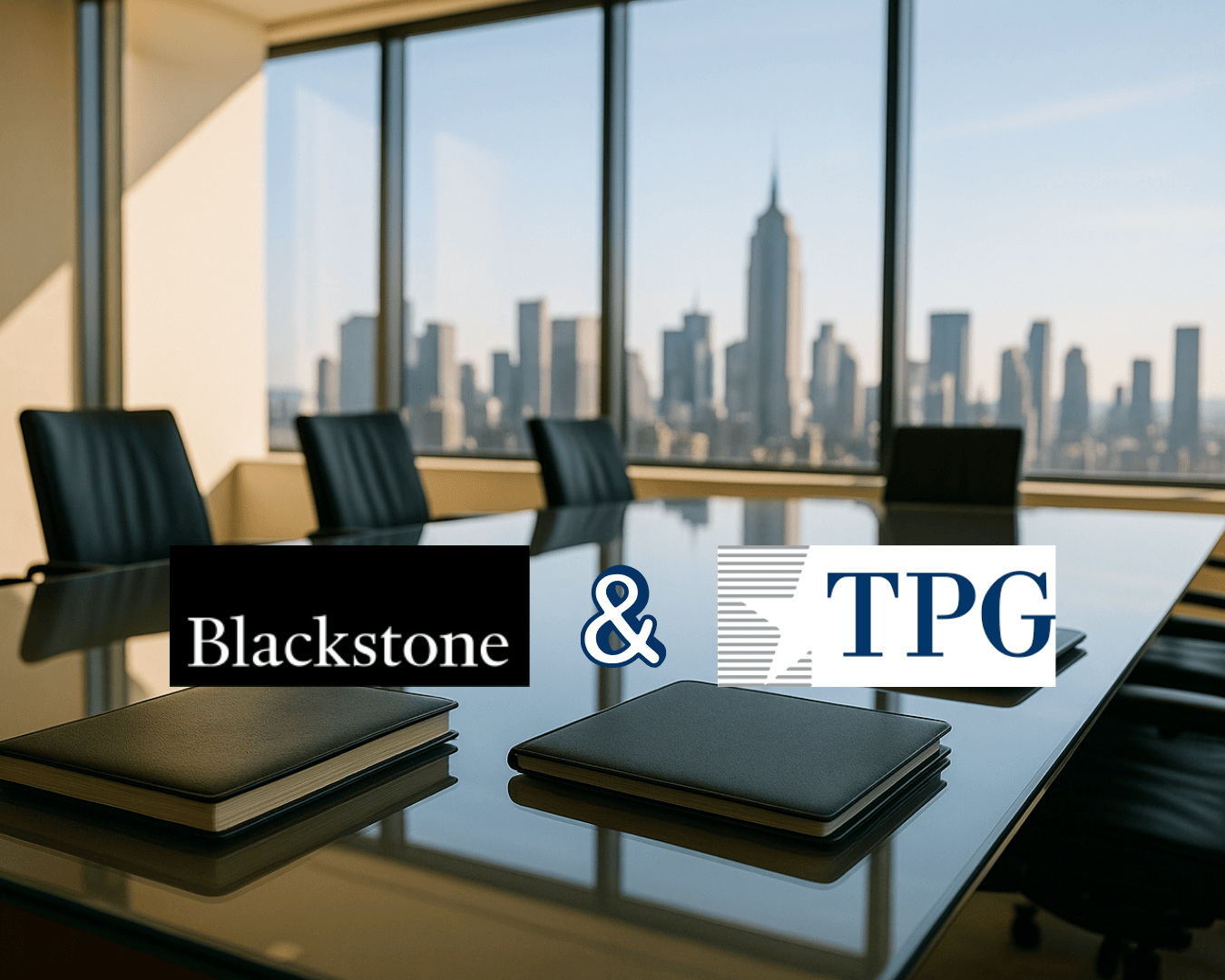








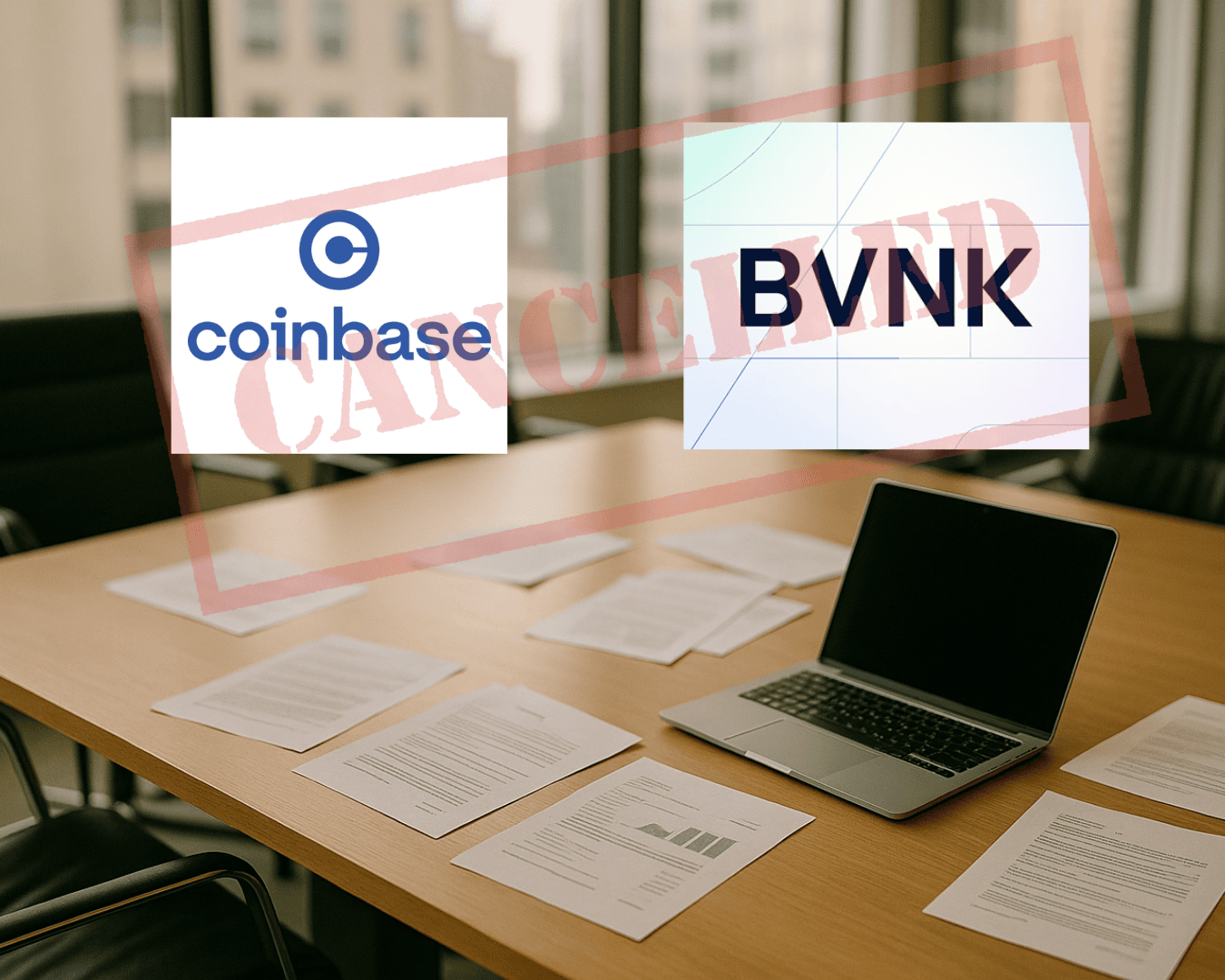









.png)




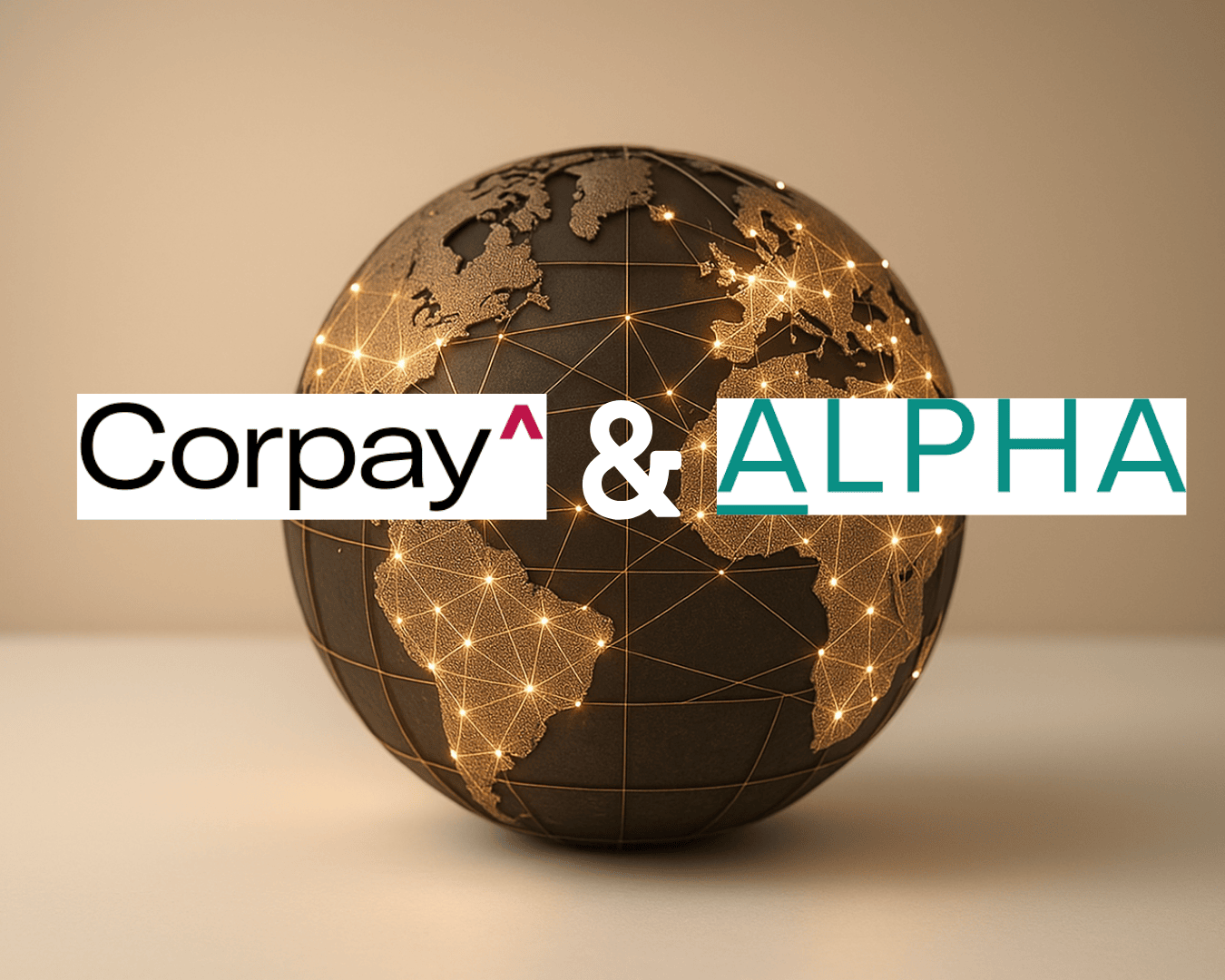

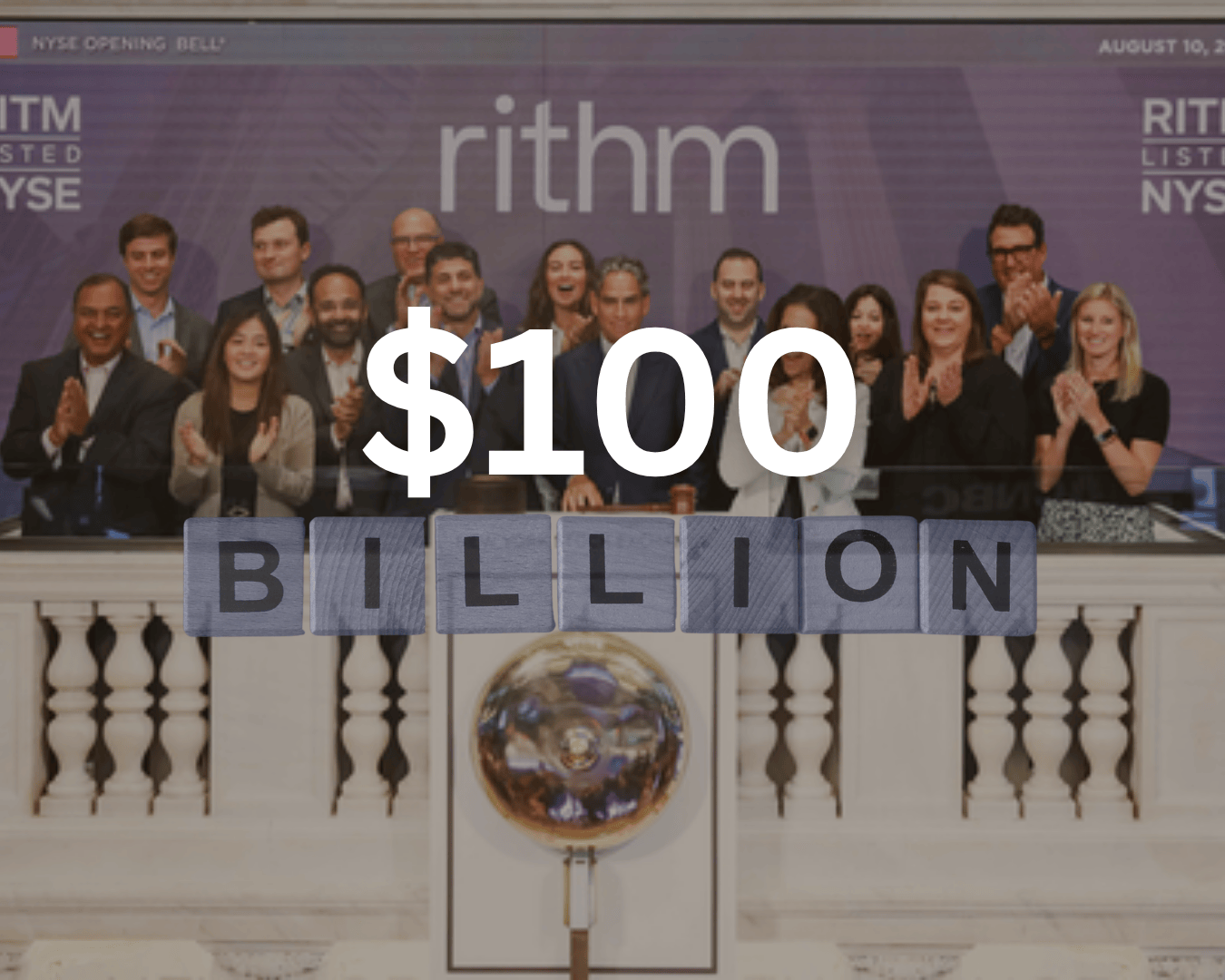










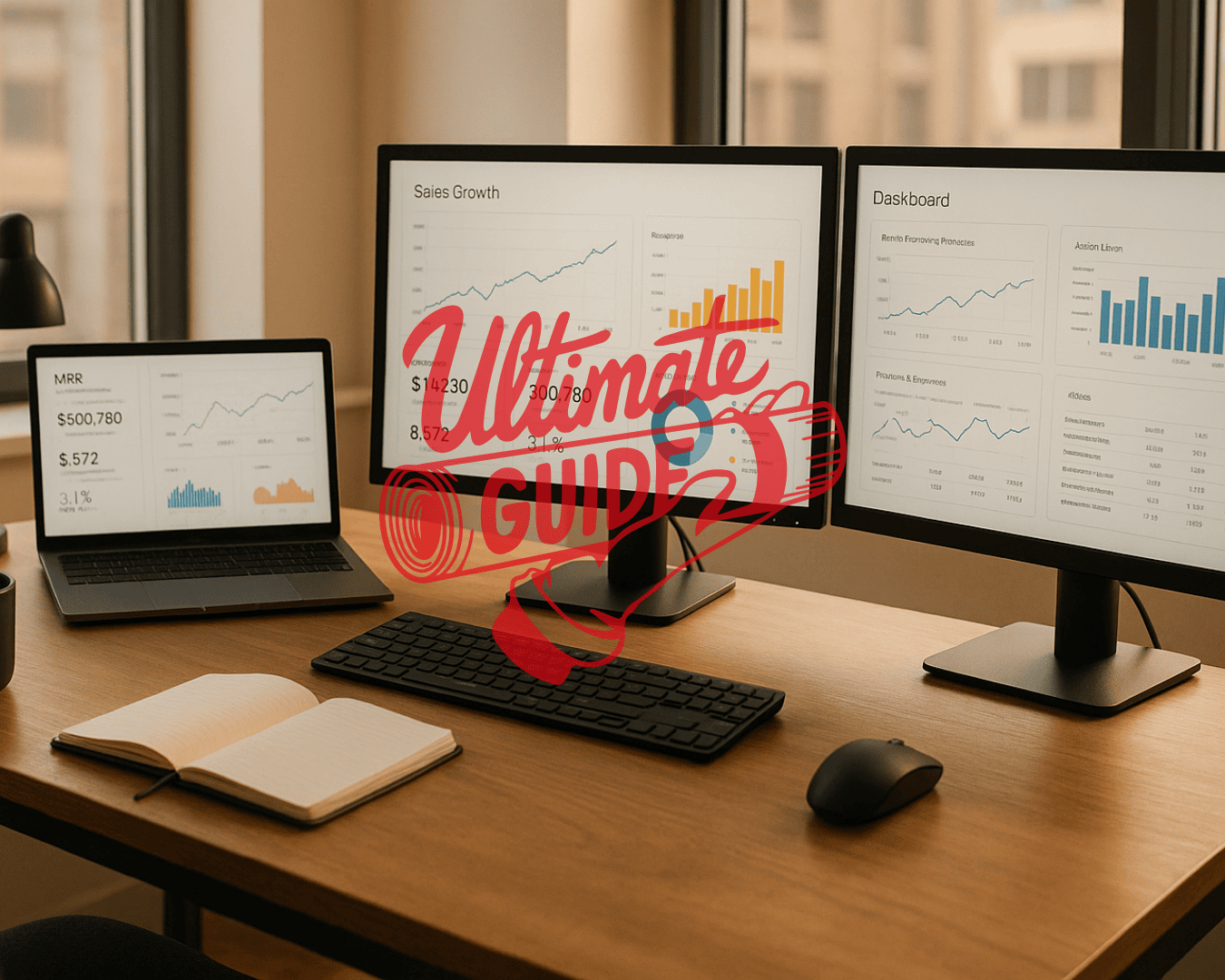




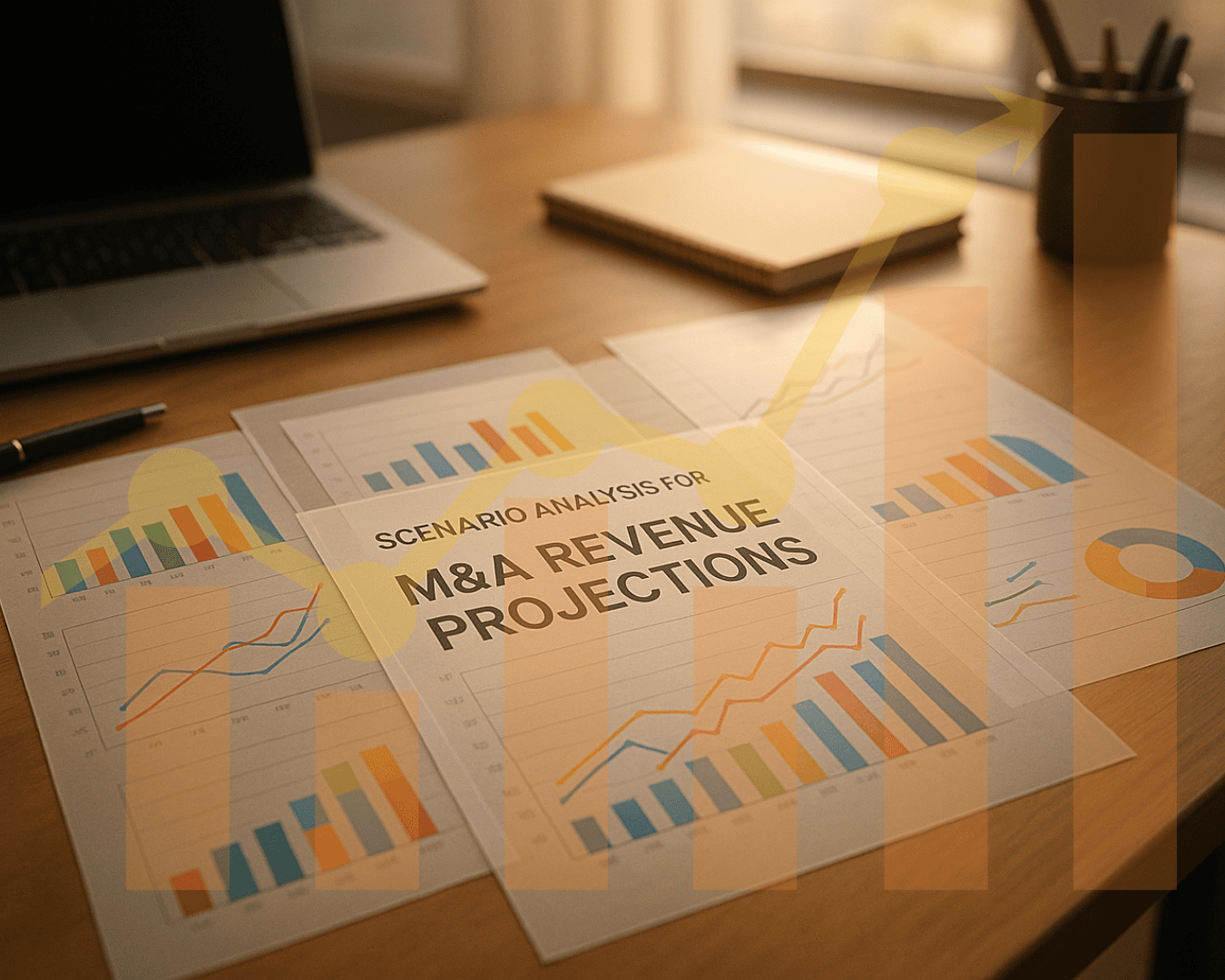





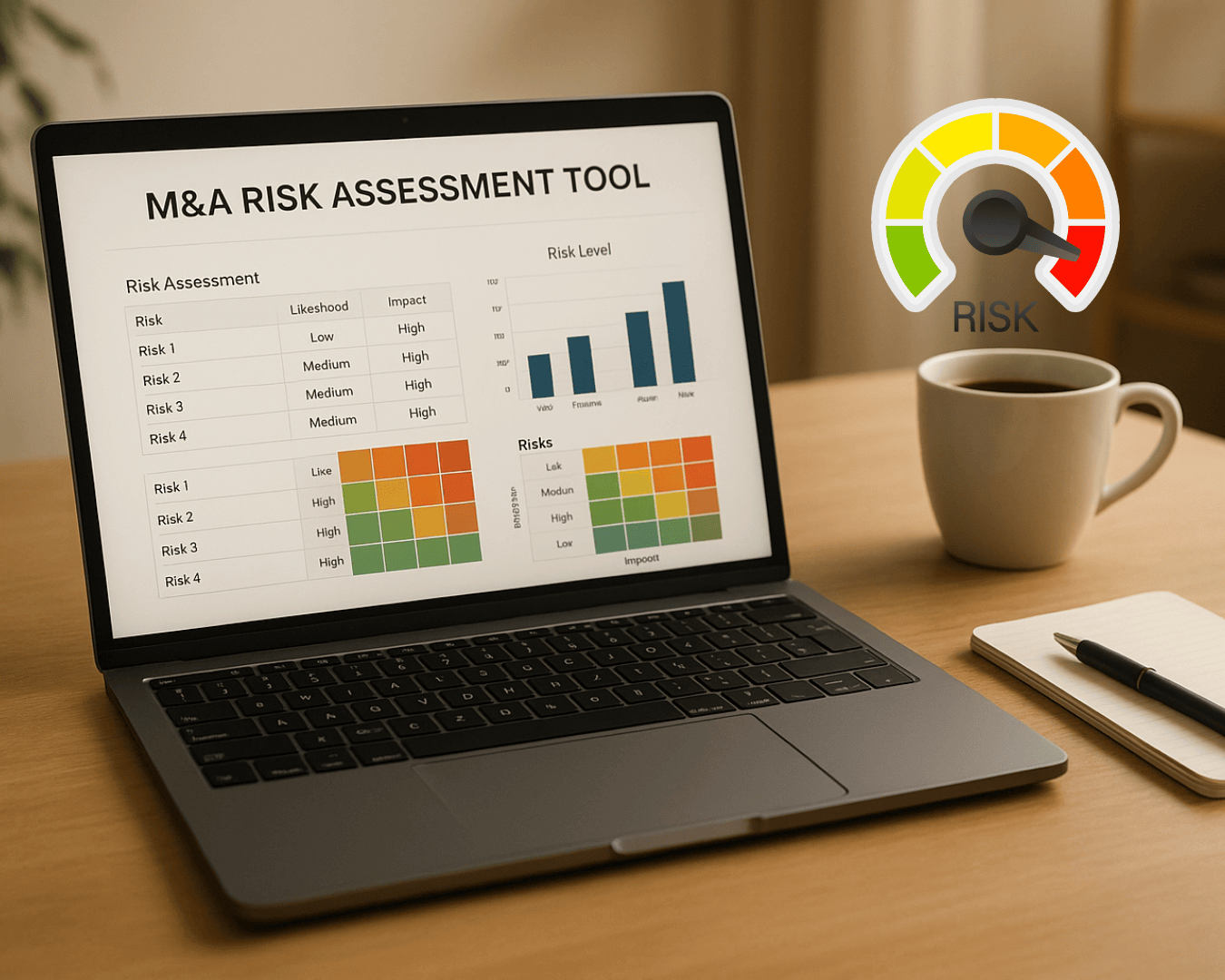
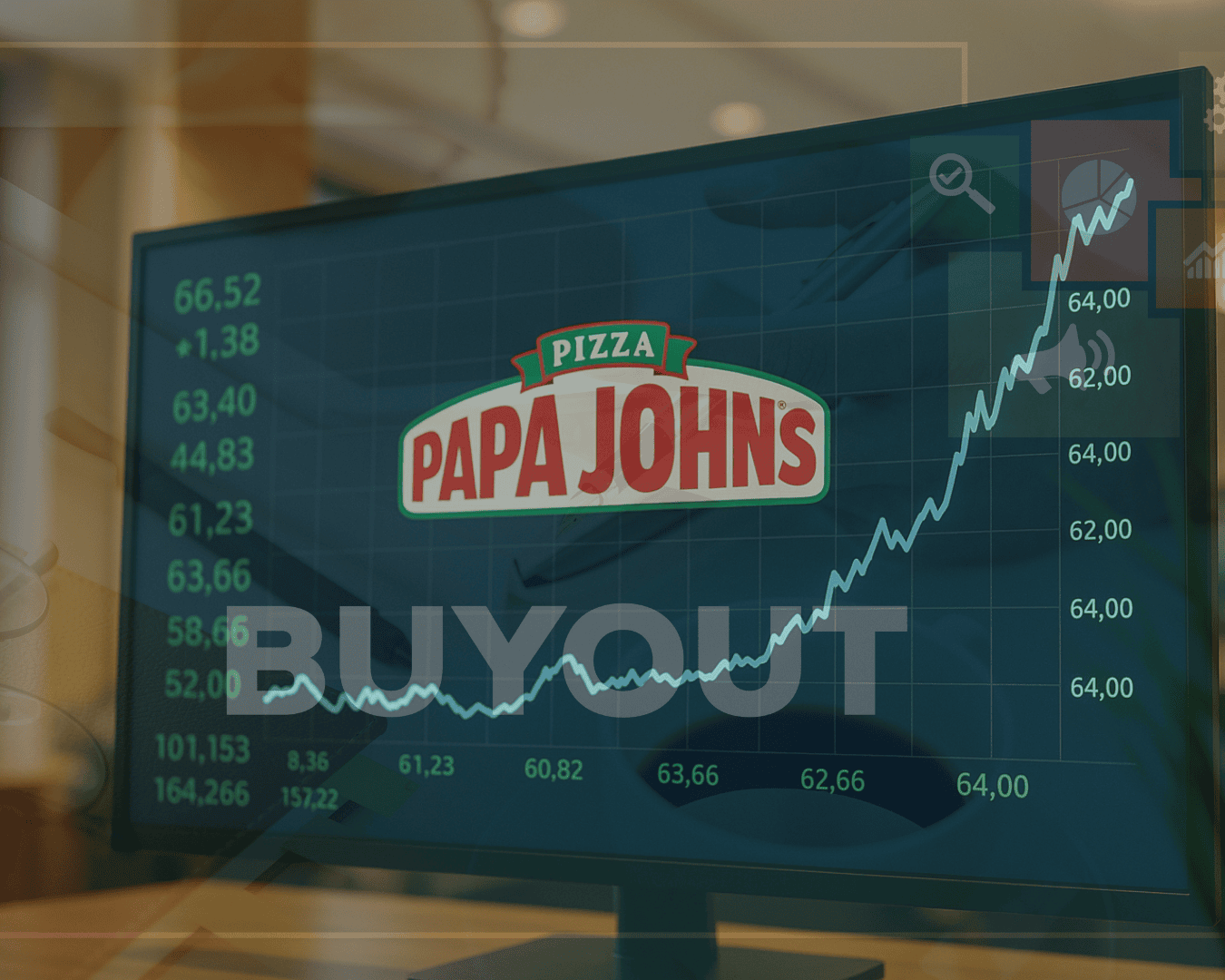
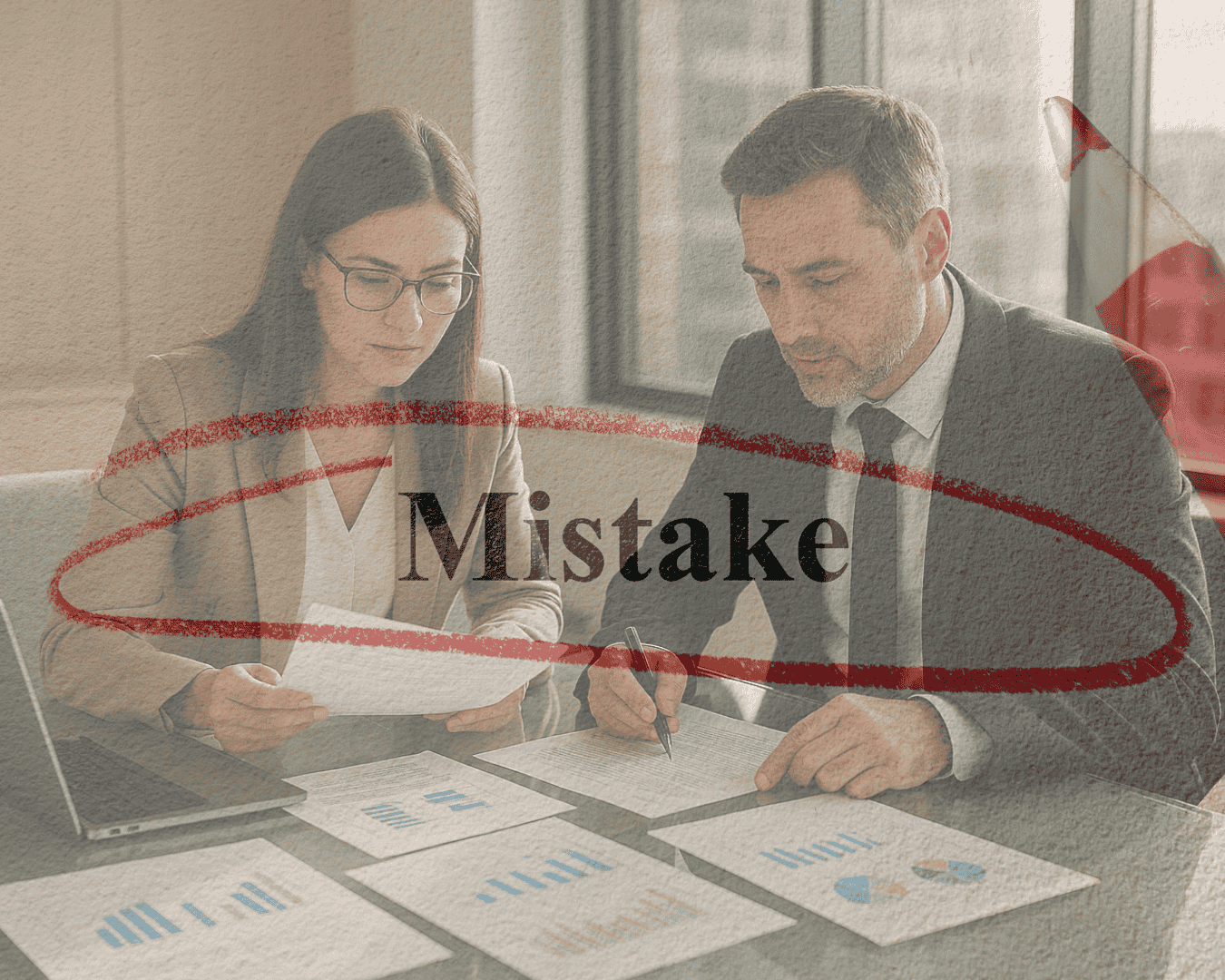









%20Loan%20Application%20Checklist.png)
